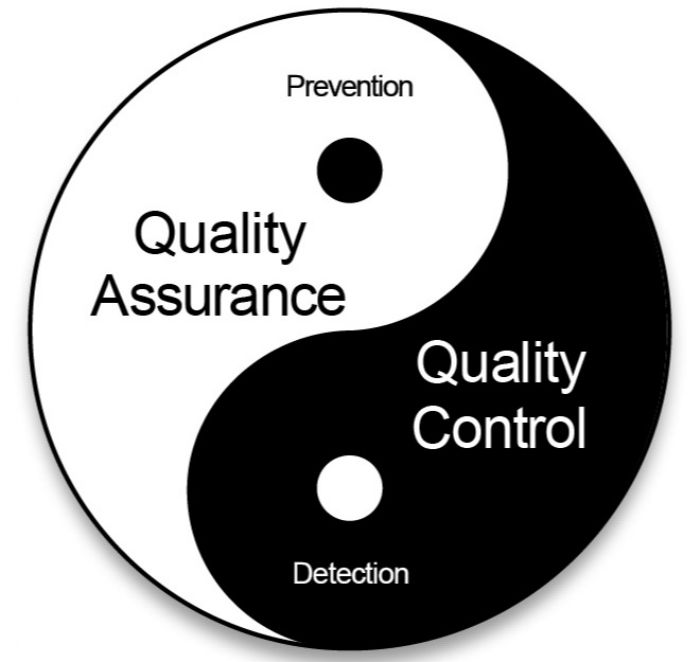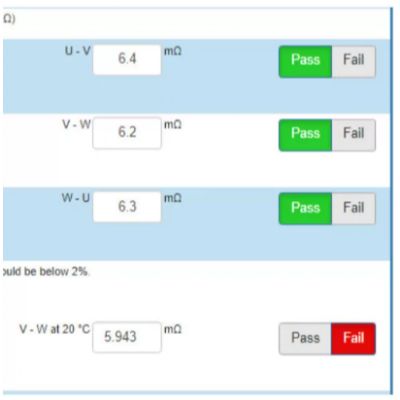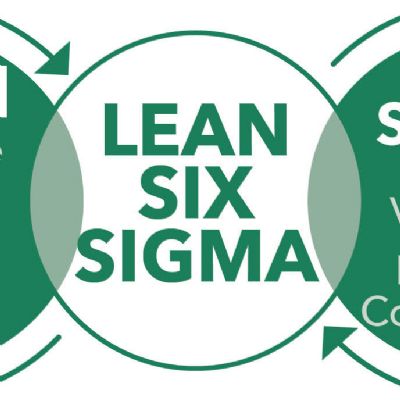 Daniel Schaeffler
Daniel SchaefflerAn Introduction to Quality Management Systems
July 27, 2023Comments
The American Society for Quality defines quality in two ways:
- The characteristics of a product or service that bear on its ability to satisfy stated or implied needs.
- A product or service free of deficiencies.
Quality management involves managing activities and resources to achieve quality objectives within an organization and prevent nonconformances.
Quality management systems (QMS) deliver a formalized collection of processes used by businesses to help increase productivity, improve customer service and reduce waste. ISO 9000—a series of related ISO standards—provides a general framework for quality-management standards. Whether using this or others, metal forming companies benefit from having a QMS in place to address rapidly and effectively the quality spills that inevitably occur over time.
I mplementing and following an effective QMS should lead to numerous related benefits. The QMS should identify and eliminate waste of all types, including those related to defects, overproduction, excess inventory, unnecessary motion, excess processing, waiting and unnecessary transportation, as well as unused creativity and experience of team members. Organizations achieve a reduction in costs and risks without these drags on operational excellence.
mplementing and following an effective QMS should lead to numerous related benefits. The QMS should identify and eliminate waste of all types, including those related to defects, overproduction, excess inventory, unnecessary motion, excess processing, waiting and unnecessary transportation, as well as unused creativity and experience of team members. Organizations achieve a reduction in costs and risks without these drags on operational excellence.
Among other things, ISO 9001:2015 highlights the importance of determining and managing knowledge within an organization. Organizational knowledge comes from both internal and external sources, such as knowledge gained from failures as well as from successful projects, continuous-improvement activities, communication with customers and consultants, and attending conferences and similar venues where the sharing of ideas occurs.








